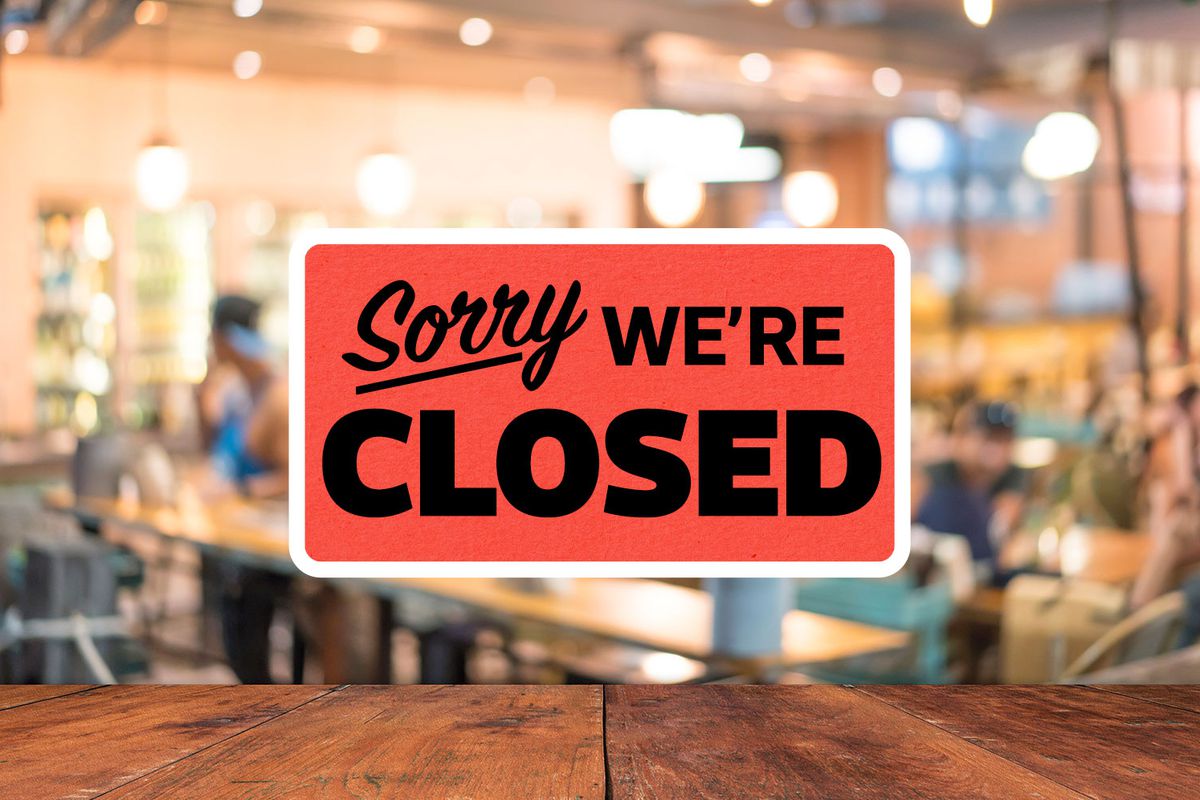Silent Threat to Urban Real Estate Revealed

I remember when Oxford Street Darlinghurst was the place to be. Bustling cafes, trendy restaurants, and the constant hum of conversation. Now, as I walk down this once-vibrant thoroughfare, the silence is deafening. Empty tables and "For Lease" signs tell a story that's becoming all too familiar in our urban centers.
The food and beverage industry is facing a perfect storm of challenges. Rising interest rates, soaring energy costs, and the lingering effects of the pandemic have created a landscape that's testing even the most resilient businesses. But this isn't just about your favorite lunch spot closing down. The ripple effects are reshaping our cities in ways we're only beginning to understand.
The Domino Effect
As a property professional, I've seen firsthand how the struggles of one sector can cascade through an entire ecosystem. When restaurants close, it's not just about lost jobs and empty storefronts. It's about a fundamental shift in the urban fabric that affects everything from foot traffic patterns to property values.
Let's break it down:
1. Reduced foot traffic in CBDs means less impulse spending and fewer customers for surrounding businesses.
2. Empty commercial spaces can lead to a perception of decline, potentially deterring new businesses from moving in.
3. Property owners face tough decisions about rent reductions, potentially impacting their ability to meet mortgage obligations.
4. The shift to remote work has exacerbated these issues, with many office workers no longer providing reliable lunchtime trade.
The Numbers Don't Lie
I've been crunching the numbers, and they paint a sobering picture. Commercial vacancy rates in some CBD areas have spiked by up to 20% compared to pre-pandemic levels. Rental yields for food and beverage spaces have dropped by an average of 15%. These aren't just statistics; they represent real challenges for property owners and investors.
But here's the thing: challenges often breed innovation. I'm seeing property owners get creative, offering flexible leases, revenue-sharing models, and even helping with fitout costs to attract and retain quality tenants. It's not business as usual, but then again, what is these days?
Adapting to the New Reality
So, what's the way forward? As someone who's spent years in the property game, I believe it's about adaptation and foresight. Property owners need to think beyond traditional leasing models. Consider:
- Mixed-use developments that combine residential, commercial, and dining spaces to create self-sustaining micro-communities.
- Investing in technology infrastructure to support businesses in adapting to changing consumer behaviors, like enhanced takeaway and delivery capabilities.
- Exploring pop-up concepts and short-term leases to keep spaces activated and vibrant.
- Collaborating with local councils on initiatives to revitalise CBD areas and attract foot traffic.
The Silver Lining
Look, I'm not here to sugarcoat things. The challenges facing the food and beverage industry, and by extension, the commercial property sector, are significant. But I've been in this game long enough to know that every market shift brings opportunities for those willing to adapt.
We're seeing a renaissance of suburban dining precincts as people spend more time closer to home. There's a growing appreciation for unique, experience-driven dining concepts that can't be replicated at home. And there's an increased focus on sustainability and community connection that's reshaping how we think about commercial spaces.
The future of our urban centers might look different from what we're used to, but that doesn't mean it can't be vibrant and exciting. It's up to us – property professionals, business owners, and community members – to shape that future.
As I walk back down Oxford Street, past the quiet cafes and empty shopfronts, I'm not filled with despair. Instead, I see potential. Potential for innovation, for community, and for a new kind of urban experience that we haven't even imagined yet. The challenge is real, but so is the opportunity. And that's what keeps me excited about the future of our cities.
Comments
Post a Comment